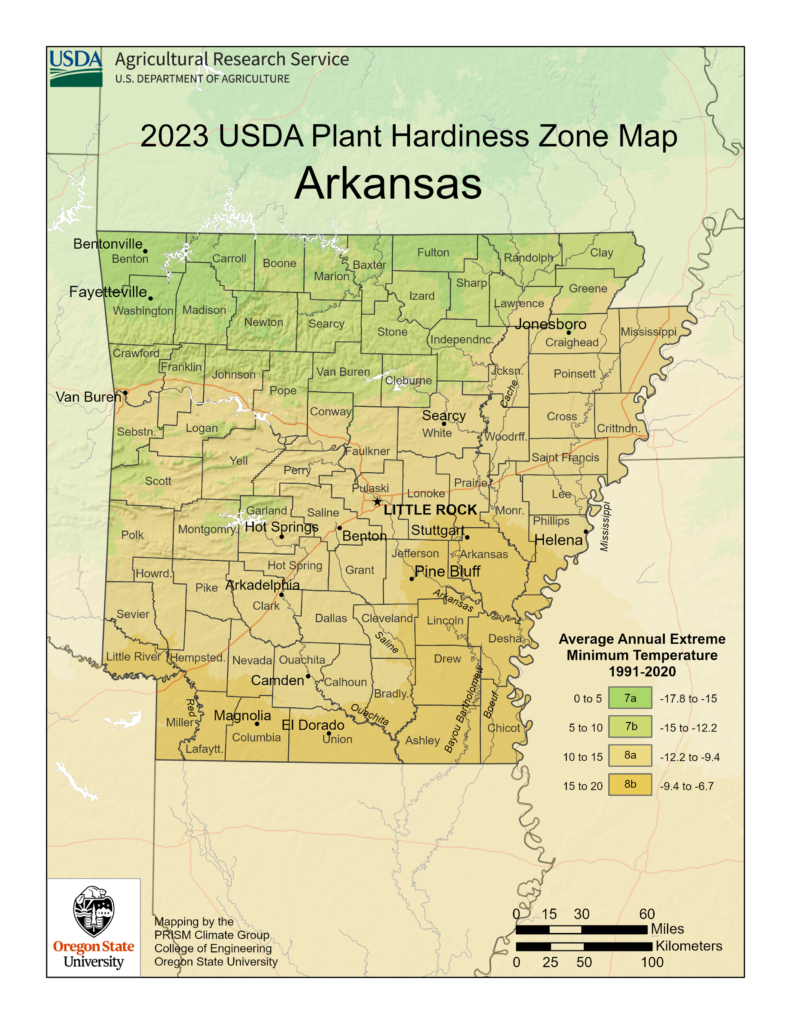
In this article, we will provide you with essential care tips and guide you through the best palm tree varieties that can thrive in Arkansas’s unique climate.
So what are the best palm tree varieties for the Arkansas landscape? We’ll introduce you to a diverse selection of palm trees that are well-suited for Arkansas’s climate. Whether you’re looking for tropical beauties that add a touch of the exotic or cold-hardy species that can withstand the winters, we have you covered.
Best Palm Tree Varieties for Arkansas Landscaping
When it comes to creating a stunning and vibrant landscape in Arkansas, choosing the right palm tree varieties is essential. Whether you’re looking to add a touch of the exotic with tropical palm trees or want cold-hardy species that can withstand Arkansas winters, there are several options that will elevate your garden design.
Let’s explore the best palm trees for Arkansas and their unique features and characteristics that make them perfect for your landscape:
| Palm Tree Variety | Climate Suitability | Key Features |
|---|---|---|
| Windmill Palm (Trachycarpus fortunei) | Cold-hardy, suitable for USDA hardiness zones 7 to 11 | Slow-growing, fan-shaped leaves, can tolerate snow and ice |
| Needle Palm (Rhapidophyllum hystrix) | Cold-hardy, suitable for USDA hardiness zones 5 to 11 | Small, compact size, prickly stems for added texture |
| European Fan Palm (Chamaerops humilis) | Cold-hardy, suitable for USDA hardiness zones 7 to 11 | Dense, multi-trunked growth, fan-shaped leaves |
| Sabal Palm (Sabal palmetto) | Cold-hardy, suitable for USDA hardiness zones 7 to 11 | Tall, fan-shaped leaves, resistant to strong winds |
| Pindo Palm (Butia capitata) | Cold-hardy, suitable for USDA hardiness zones 7 to 11 | Feathery, arching fronds, edible fruit |
Essential Care Tips for Arkansas Palm Trees
Proper care is essential for maintaining the health and vitality of your palm trees in Arkansas. From planting to maintenance, follow these expert tips to ensure your palm trees thrive throughout the seasons.
Palm Maintenance
Regular maintenance is vital to keep your palm trees in prime condition. Follow these care tips to ensure their well-being:
- Water deeply and infrequently, providing enough moisture to reach the root zone. Aim for once or twice a week during dry periods.
- Monitor soil moisture levels and adjust watering frequency accordingly to avoid overwatering or underwatering.
- Apply a balanced palm tree fertilizer, following the manufacturer’s instructions, to provide essential nutrients.
- Prune dead or damaged fronds to maintain a neat appearance and prevent pest infestations.
- Inspect your palm trees regularly for signs of pests or diseases, such as yellowing leaves or unusual growths.
- Apply frost cloth over palms during winter months if you live in the more norther part of Arkansas to ensure maximum palm survival
Protect your palms from pests:
Protect your palms with hardy frost cloth:
FAQ
What are the best palm trees for Arkansas?
Some of the best palm tree varieties for Arkansas include the Windmill Palm (Trachycarpus fortunei), Needle Palm (Rhapidophyllum hystrix), and Pindo Palm (Butia capitata). These cold-hardy palms can withstand Arkansas’s climate and add a tropical touch to your landscape.
Can I grow tropical palm trees in Arkansas?
While some tropical palm trees may struggle in Arkansas’s colder climate, there are several cold-hardy varieties that can thrive in the state. Consider planting Windmill Palms, Needle Palms, or Pindo Palms, which are more suitable for Arkansas’s weather conditions.
What is the best time to plant palm trees in Arkansas?
The best time to plant palm trees in Arkansas is during the spring or early summer when the soil is warm and the risk of frost has passed. This allows the roots to establish before the onset of winter, increasing the chances of survival and healthy growth.
How often should I water palm trees in Arkansas?
Palm trees in Arkansas typically require regular watering, especially during hot and dry periods. Monitor the moisture level in the soil and water deeply once or twice a week, ensuring that the water reaches the roots. Adjust the frequency of watering according to weather conditions and the palm tree’s specific needs.
Should I fertilize my palm trees?
Yes, fertilization is important for the healthy growth of palm trees. Use a slow-release palm fertilizer or a balanced fertilizer specifically formulated for palm trees. Follow the instructions on the packaging for application rates and timing. Apply the fertilizer evenly around the base of the tree, avoiding direct contact with the trunk.
Our recommended palm fertilizer:
Can I grow palm trees in containers in Arkansas?
Yes, you can grow palm trees in containers in Arkansas, but it’s crucial to choose a cold-hardy variety and provide proper care. Select a large container with drainage holes, use well-draining soil, and ensure the palm has enough space for root growth. Place the container in a location that receives adequate sunlight, and protect it from freezing temperatures during winter.
